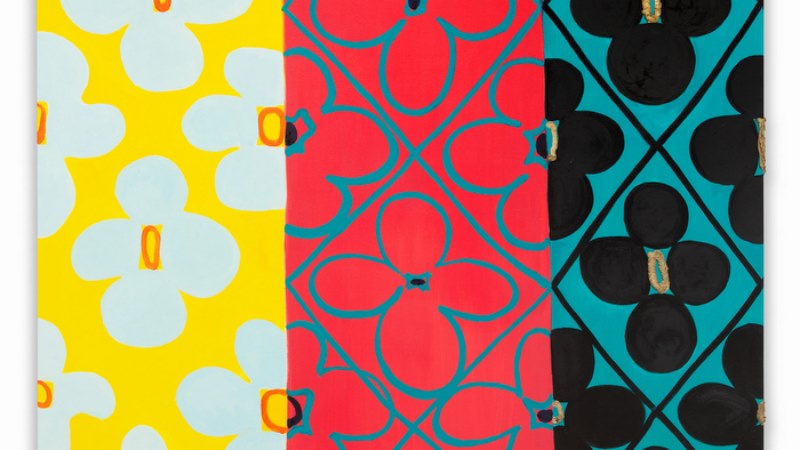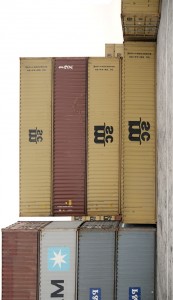 Entre el estar y el ser/ What we do and who we are, is a project conceived by Ingrid Wildi Merino, a Chilean artist living and working in Switzerland. The exhibition at Aural Gallery in Alicante is her first solo show in Spain.
Entre el estar y el ser/ What we do and who we are, is a project conceived by Ingrid Wildi Merino, a Chilean artist living and working in Switzerland. The exhibition at Aural Gallery in Alicante is her first solo show in Spain.
The exhibition gathers two installations dealing with socio-political topics. The first installation is a reflection on the regional identity of the inhabitants in North Chile, a place that the artist is linked to by family ties. On display is the self-representation of the subject in the North of Chile in terms of idiosyncrasy and in the way it behaves in relation to the neoliberal global system. The Works demostrate the North-Chilean landscape as a result of its economical and political history, connected to global interests, which date from the European Industrial Revolution. With this work the artist, on a theoretically as well as aesthetically level, gives account of her concept of Architectures of Transfers. Within this concept of Architectures of Transfers, geo-economic and geopolitical relations between Nations of the North and the South are exposed, stating the usufruct on behalf of the neoliberal Systems, installed in a large part of the World through “coup d’état” and/or by politics of colonial infiltration. This system of economic and symbolic transfers has been placed in desired locations for extractions of all sorts of raw material. Such intervention is carried out by the hegemonic powers of globalisation, in the name of “economic and cultural development aid” or “progress building”. Under Wildi Merino´s concept ofArchitectures of Transfers, the inhabitant’s narratives are showcased in such a way that we perceive the genealogies of the economic and social process of the raw material extraction, such as copper in the North of Chile intended to be shipped to developed countries.
At the same time, these narratives describe the arrival of toxic material from Sweden, containing high amounts of lead and arsenic, to be dumped in the same region. This type of transfers in the World has been enabled serving the global interests that repeat the same characteristic colonial strategies. Thus the neoliberal system promotes the so-called “progress” in exchange for “destroying life”.

The second installation consists of a choreography for seven voices. For the production of this choreography, Ingrid Wild Merino asked participants of the Decolonial Group of Berlin to choose some sentences from the book “La hybris del punto cero: ciencia raza e ilustración en la Nueva Granada (1750-1816)”, by Santiago Castro-Gómez. The compilation of those sentences is completed under consideration of the thinking in Santiago Castro-Gómez´s book, where the arrogance of the European Enlightenment in New Granada is being analysed critically. Hence the project in its critical discourse aims to expose the colonial reality in its material sense as well as symbolically. Further, the work seeks to acknowledge the existence of exploitation and symbolic extraction within the global discourse. This relation is performed through transfer thinking conceived for the extermination of the local episteme by appropriating cultural and economic geographies in order to nourish the hegemonic Eurocentric episteme. This Project defines itself through a critical historiographical approach to local epistemological references from the perspective of the South.
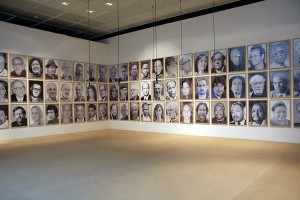 This collection of voices from the South, dissonant regarding the ambition of the neoliberal discourse, gathers the local stories of the inhabitants of Northern Chile, as well as the theoretical decolonial accounts which unmask the globalizing Systems; a total of 99 portraits of personalities which, in history as well as today, play an important role with respect to the decolonization discourses.
This collection of voices from the South, dissonant regarding the ambition of the neoliberal discourse, gathers the local stories of the inhabitants of Northern Chile, as well as the theoretical decolonial accounts which unmask the globalizing Systems; a total of 99 portraits of personalities which, in history as well as today, play an important role with respect to the decolonization discourses.
Ingrid Wildi Merino was born in Santiago de Chile in 1963. In 1981 she migrated to the small town of Niderlenz, Canton of Argobia, in Switzerland. For 16 years she performed unskilled labour, developing at the same time her career as a self-taught artist, till she finally achieved a degree in visual arts in Zurich and completed a postgraduate in Geneva. She currently lives in Biel-Bienne and Works in Geneva, Switzerland.
With a 24 year track record of artistic practise, Ingrid Wildi Merino is a visual artist, a researcher and lecturer at the Geneva University of Art and Design, as well as lecturer at the Master en Prácticas Escénicas y Cultura Visual- MA Stage Practise and Visual Culture at the University of Castilla de la Mancha, Cuenca.
She has shown her work at several International Biennales and exhibitions. She has been invited to represent the Swiss Pabellon at the 51st Biennale of Venice.
She is also the author and curator of cultural projects such as “Dislocación” in Santiago de Chile y Bern, Switzerland, and “Cultural Clash Nomade”and “HEAD”, in Geneva. She currently is performing a theoretical research on “Architectures of Transfer: Art, politics and Technology”, in collaboration with several theorists.
Related Publications
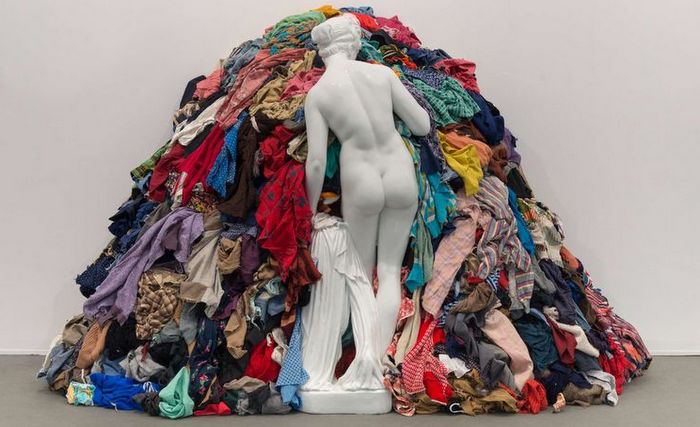
Michelangelo Pistoletto "The Preventive Peace"
May 07, 2024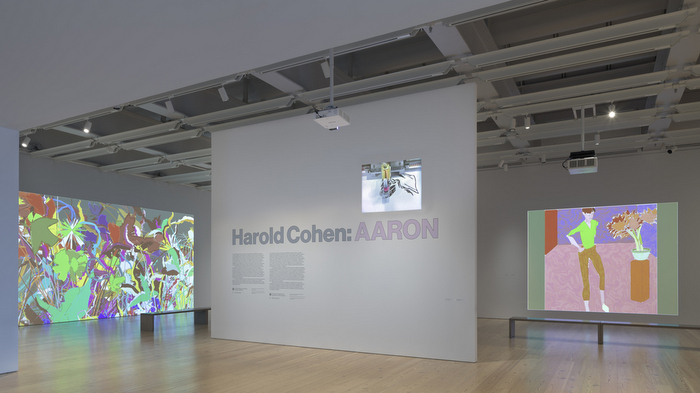
Closing Soon: Harold Cohen's AI Artmaking Program
May 06, 2024
GR gallery: 'Transfiguration'
May 03, 2024